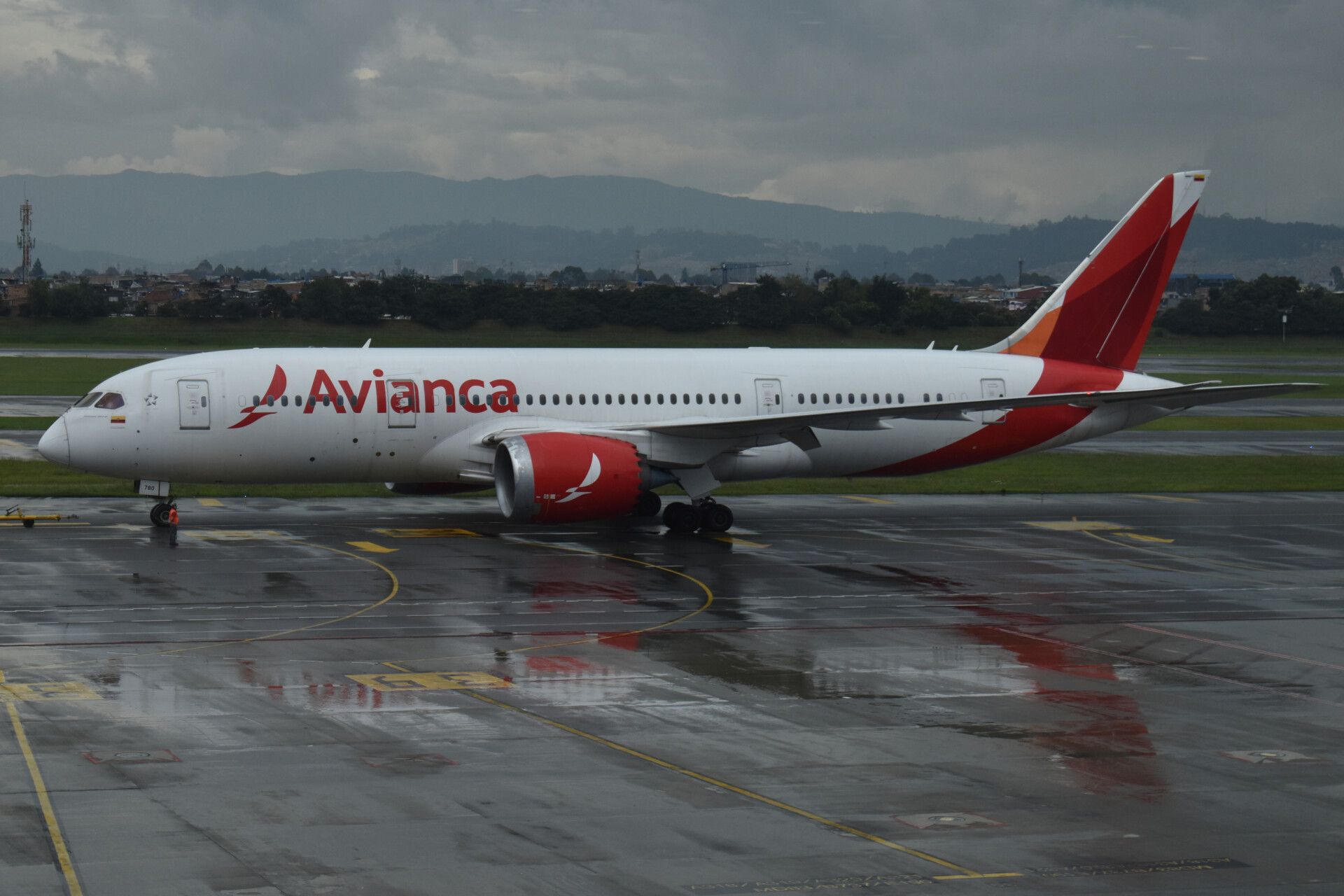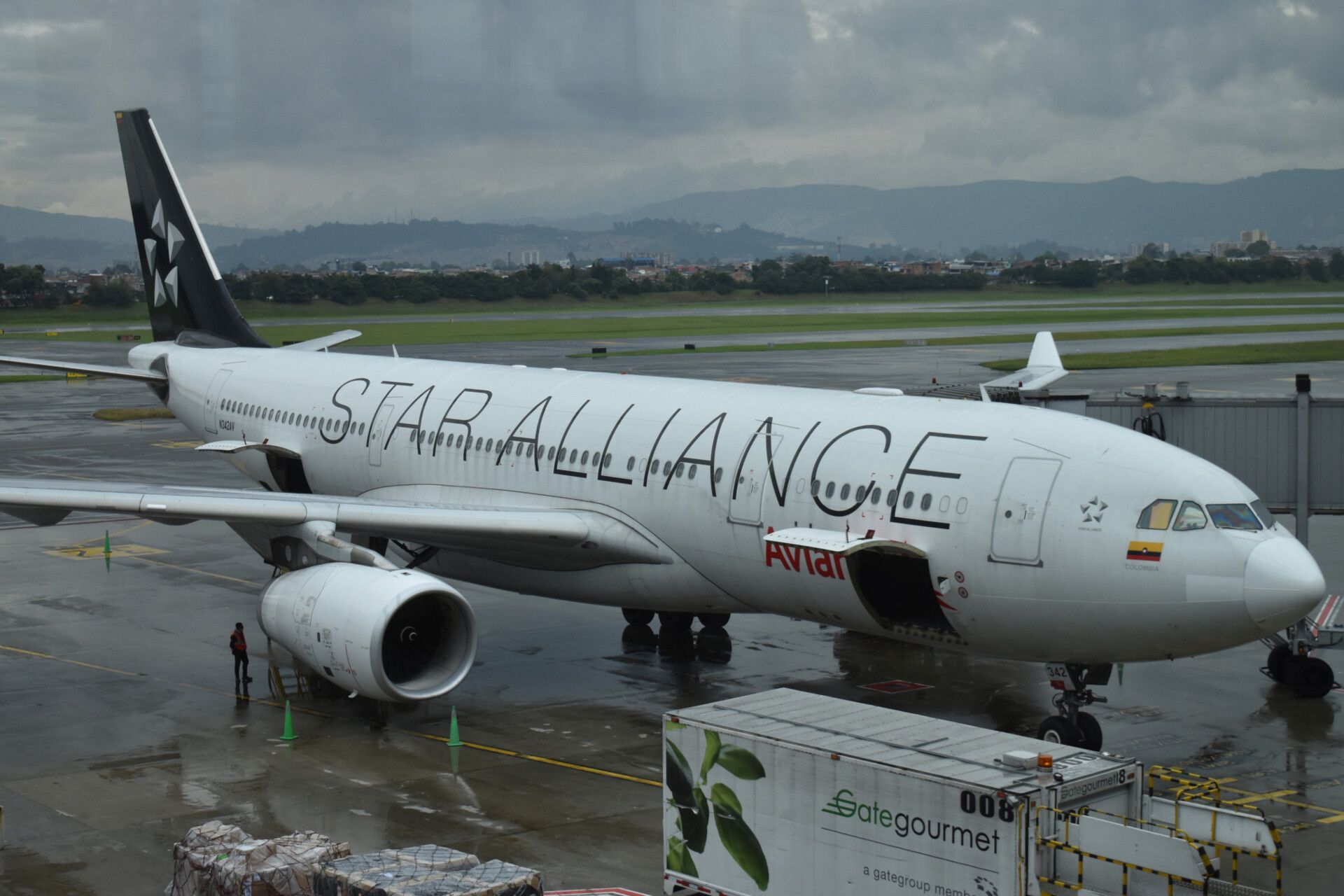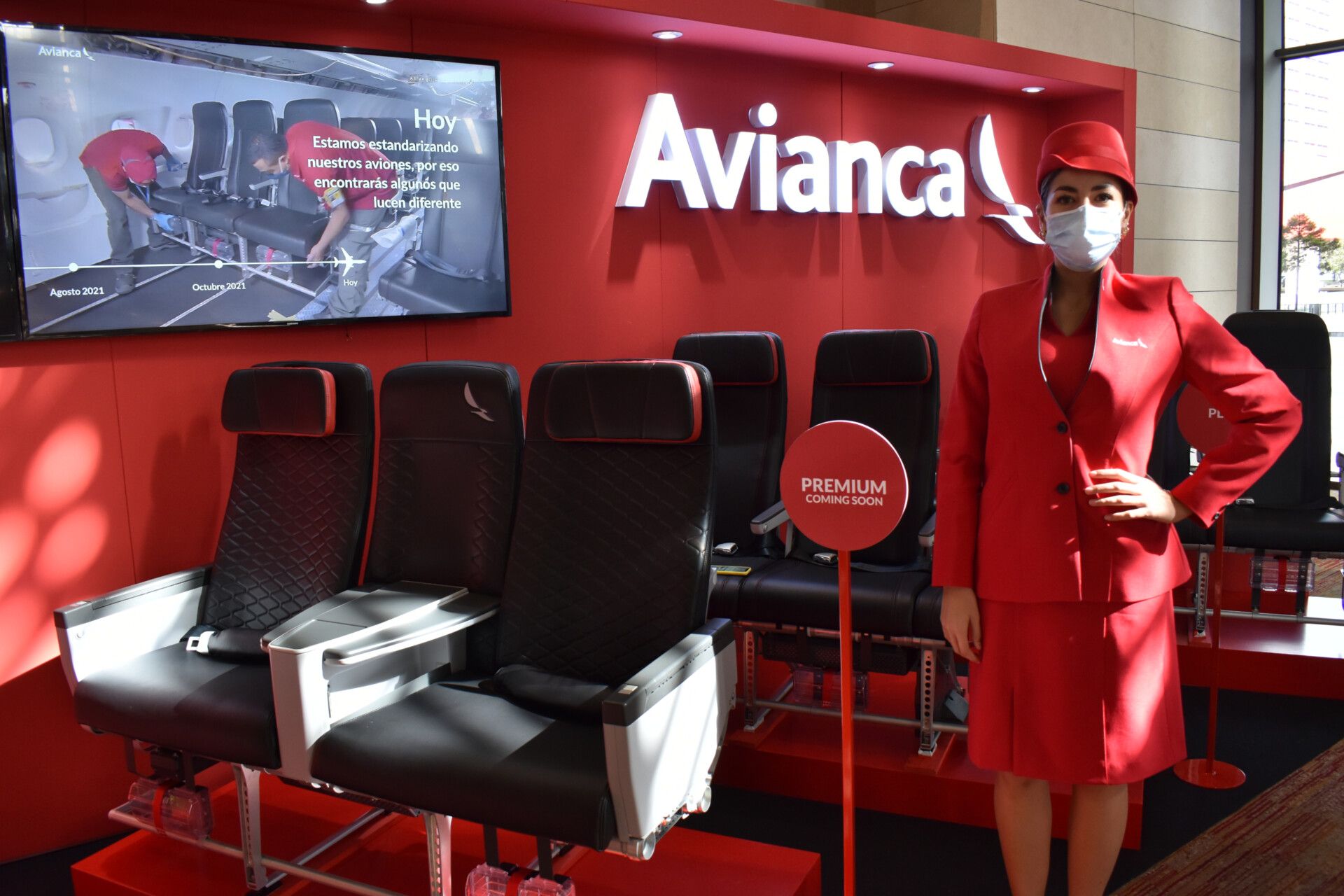So far in 2021, Avianca has lost US$1.012 billion, due to the impact of the COVID-19 crisis and the Chapter 11 bankruptcy process the airline is facing. According to the latest financial results published by the carrier, passenger revenue has decreased by nearly 71% in the year. Let’s investigate further.
Losses keep on mounting
Avianca is still facing enormous financial pressure due to the impact of the COVID-19 pandemic. So far, the carrier has had total revenue worth US$1.415 billion. Meanwhile, total operating expenses have surpassed US$1.95 billion in 2021.
Passenger revenue is 71% below its pre-pandemic numbers, having obtained US$862 million compared to the US2.9 billion Avianca had in the first nine months of 2019.
Avianca has carried 7.5 million passengers in 2021, between January and August 2021 (the latest data available by the South American carrier), a 63% decrease compared to its pre-pandemic numbers. In 2019, by this time, the airline had already had 20.6 million travelers. Avianca operates in several Latin American countries, like Colombia, El Salvador, Costa Rica, and Ecuador, and they have had different travel restrictions throughout the year.
Stay informed: Sign up for our daily and weekly aviation news digests.
Cargo is surging
Unlike the passenger segment, cargo is surging for Avianca. The airline has had US$552 million in revenue in 2021, a 6.5% increase compared to 2019 levels, prior to the pandemic.
Avianca offers cargo service throughout most of its passenger route network. In 2021’s first quarter, Avianca Cargo was the largest cargo carrier in Colombia by gross tons, with 33.54% of the market share. Additionally, Avianca Cargo was the third-largest carrier of international freight to and from Miami, with a 14.95% market share.
The United States accounts for the majority of Avianca’s international cargo traffic to and from Latin America. Cargo sales accounted for 30.8%, 10.9%, and 11.4% of Avianca’s operating revenues in 2020, 2019, and 2018, according to the airline.
Avianca low-cost?
Prior to the COVID-19 pandemic, Avianca had high costs that made it impossible to compete against low-cost carriers in the region.
One of the main goals during Avianca’s Chapter 11 has been to implement a cost reduction strategy and be able to fare better against low-costs. Last week, Avianca launched a low-cost type of strategy offering 200,000 seats at a price of US$7.70. The commercial measure was a success and Avianca sold out its tickets.
Additionally, Avianca is in the process of densifying its narrowbody Airbus A320 fleet. It will allow the airline an increase of approximately 24% in seating capacity per aircraft. Avianca is introducing now three different types of seats onboard its A320 fleet. We published an article on the subject in Simple Flying en Español.
Nonetheless, while Avianca expects to reduce its cost structure, increase the number of seats per aircraft and compete better against low-cost carriers, the airline also wants to keep its core strengths such as brand recognition.
Avianca is close to exiting its Chapter 11 bankruptcy process. Earlier this month, the US Court approved Avianca’s Chapter 11 Reorganization Plan.
What do you think about Avianca’s financial results so far? Let us know in the comments below.



